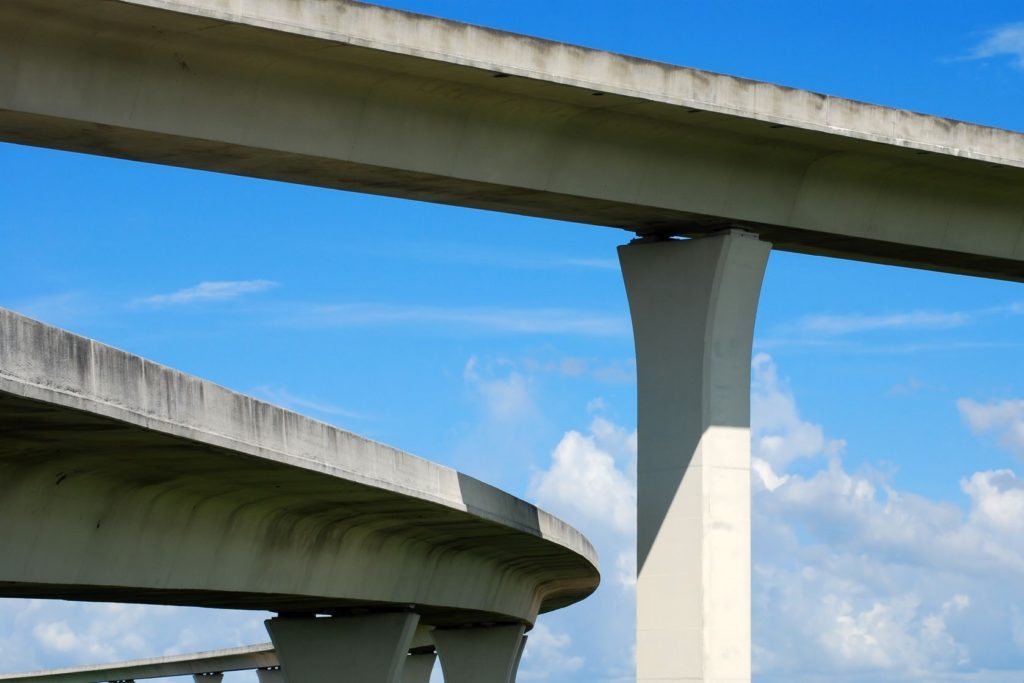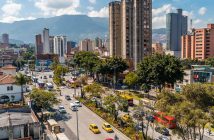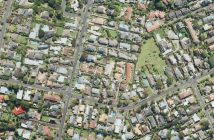Responding to Auckland’s growth challenge and fixing planning legislation and local government funding and structures are the top infrastructure priorities for New Zealand in 2017, says Infrastructure New Zealand CEO Stephen Selwood CEO.
“Congestion in Auckland is disproportionate to the city’s size and is rapidly deteriorating,” he notes. “Of greatest concern, travel times along the State Highway 1 motorway corridor have increased by 30 per cent in just the last three years and are projected to get much worse.
Earlier this year Infrastructure New Zealand produced a video of the already unacceptable state of congestion, Selwood adds.
“Major works underway on the Central Rail Link and motorways must continue at pace and the next tranche of projects to deal with 50,000 more people per annum brought to market,” he maintains.
Chief among these is the East West Link. “The Onehunga Penrose manufacturing and industrial zone employs approximately 68,000 people and contributes $4.6 billion a year to New Zealand’s economy, but the current transport connections into and through the area are either incomplete or highly congested.”
Selwood says the East West Link is essential to enabling movement between state highways 1 and 20 and fixing congested access into and out of Auckland’s premier industrial zone.
“When the Waterview Connection comes on early next year, it will be vital for resilience and efficiency of the network that traffic can move between the two key corridors as easily as possible,” he insists.
“But we mustn’t forget that efforts to deliver on Auckland’s transport priorities can only be successful if we have an aligned growth plan which focuses development in areas where the transport system can accommodate it.
Guest speaker at Infrastructure New Zealand’s Annual General Meeting, Deputy Mayor Bill Cashmore, highlighted the financial constraints facing the city and how these are impacting the ability to fund the transport investment needed to support Auckland’s growth.
“Infrastructure New Zealand favours capturing value created by public investment in infrastructure and putting tolling in place to both raise funds and manage demand,” Selwood says. “These are among options that need to be explored sooner rather than later.”
Beyond Auckland, he believes “fragmented and unnecessarily complex governance structures, complicated and disintegrated planning laws and insufficient funding” are frustrating local government’s ability to deliver the infrastructure needed to support regional development and growth.
“A freshly elected parliament in 2017 provides an opportunity to undertake a first principles review of our infrastructure and local government, planning, governance and funding arrangements nationwide,” Selwood
He believes what’s needed is a “fully integrated planning, governance, funding, regulation, delivery, and resource management system that is much more responsive to change” and that will drive regional social and economic development, improve environmental outcomes and strengthen local democracy and community engagement.
“This will require much more than constant tinkering with existing legislative, governance and funding systems,” Selwood admits.
“A first principles review of our governance, funding and institutional structures should be a priority for the newly elected government in 2017.”




